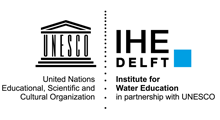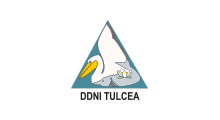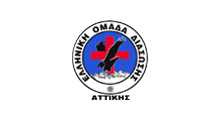Hellenic Rescue Team Attica
Hellenic Rescue Team Attica
Crowdsourcing and Gaming Volunteer Representatives

10-12 Agonaridou & Mastracha Str. Web: www.eodathens.gr
11744 Athens
Greece
Twitter: @HRTAttica

HRTA is a purely volunteer-based Greek citizen association. The organisation, whose mission is to assist people in danger both locally and internationally, was founded in 1999 and has been growing ever since. It was created by a group of friends who voluntarily joined forces to assist the state bodies in their relief efforts during a devastating earthquake in Athens in 1999. Today HRTA has trained more than 600 members, all of whom are volunteers, and many of whom work in business or are lawyers, physicians, doctors, teachers, mountaineers, lifeguards, divers, whitewater guides, instructors, or people with diverse experience in these areas. When helping people in danger, HRTA volunteers cooperate with government and other security forces. HRTA is currently organised and trained to react in three key fields: Wilderness Search and Rescue, Water Search and Rescue and Urban Search and Rescue Assistance. Constant training in search and rescue procedures, self-rescue techniques, aid provision, medical first aid and similar topics during weekends and after working hours enables the team to be pro-active in their prevention work and prepared to provide emergency assistance as well as post-emergency humanitarian aid and relief. HRTA highly values the role Scent plays in educating the public and strengthening social responsibility and the spirit of volunteerism.
Role in the project
Hellenic Rescue Team Attica (HRTA) is one of Scent partners aiming to provide the perspective of a volunteer-based citizen association on the optimal characteristics of a ‘citizen observatory’. Their main focus will be on the crowd-sourcing and gaming applications of the Scent toolbox. Their input will be based on their views as normal citizens, but also as a group with extensive experience as rescuers in flood-related events and disasters. Field trips, text input and environmental data through Scent portable sensors are also part of their duties as well as mapping its networks across the EU/globe and organising local training sessions with citizens in the Kifisos area.















 This project has received funding from the European Union’s Horizon 2020 research and innovation programme under grant agreement No. 688930.
This project has received funding from the European Union’s Horizon 2020 research and innovation programme under grant agreement No. 688930.